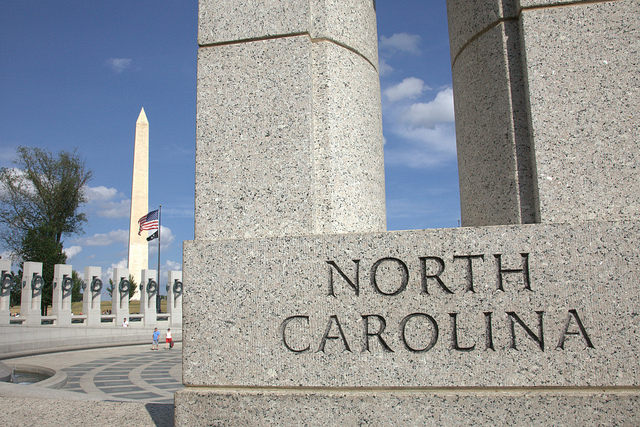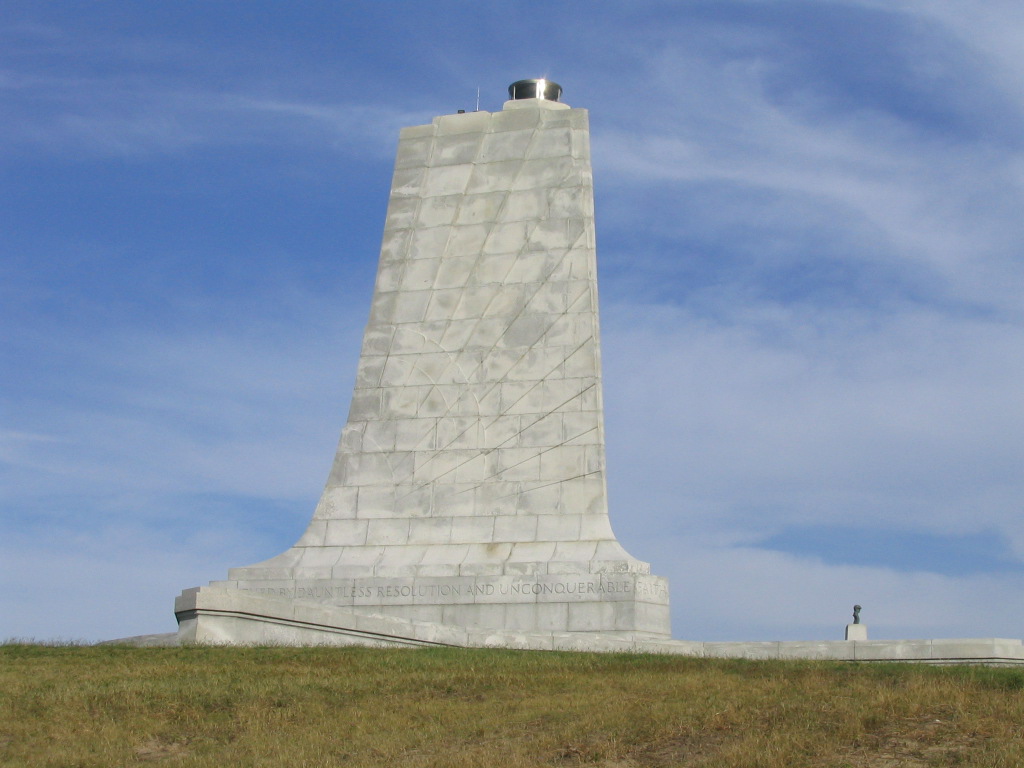
Although Mount Airy is known by many as “Mayberry” from “The Andy Griffith Show,” this rock made the area famous much earlier. The strongest piece of land in the state is also the State Rock of North Carolina. This scientific wonder has been mined by the owners for over 120 years. The North Carolina Granite Corporation, the company that owns this rock quarry, says there is enough granite to last another 500 years. Some would say it could last even longer.
One of the earliest stories about the land was when a farmer, John Gilmer, purchased the area in 1872. When he discovered the large rock, he considered it to be worthless and even demanded that the seller refund part of the purchase price. However, this rock was formed much earlier. About 336 million years ago this granite was formed through a geological process known as plate tectonics. Our state sits on the North American Plate and this plate has collided with the African Plate several times in geological history. Approximately 360 million years ago, part of the African Plate subsided under the North American Plate which began the formation of this huge granite rock.
This formation began about 20 miles beneath the earth’s surface when molten rock, also called magma, was formed. This magma is light and it began to move towards the earth’s surface where it hardened into igneous rock. Millions of years of erosion caused the large, granite rock to appear at the surface of the earth and later become the largest open-faced quarry in the world.
Even though this quarry has been harvesting white granite for more than 120 years, they have only extracted to a depth of about 60 feet. The extraction process is very interesting. Just as water creates rock formations over long periods of time, water is used in the extraction process. A powerful, 40,000 psi water jet is used to slice deep grooves into the stone. These grooves are 2.5 inches wide and up to 21 feet deep. They then use a diamond wire that drops into the slots and gently saws across the bottom to free it from the large rock.
After they have a large area of rock separated, they use Primacord to set off blasts that will break the rock into more manageable sizes. Water is also used in this process. Holes are drilled through the freed rock evenly spaced throughout. Primacord, not dynamite, is dropped into the holes and then the holes are filled with water. The water magnifies the force of the explosion. A siren signals that a blast is near and then BOOM! Primacord does make a loud noise, but it does not shake the ground like dynamite. The rocks are blown into the desired size – about 10 ft x 5 ft x 5 ft. This granite is heavy! One cubic foot of rock, the size of a basketball, weighs about 165 pounds!
Mount Airy granite is used throughout the world. Some of the more popular uses are the World War II Memorial and the Arlington Memorial Bridge in Washington, DC as well as the Wright Brother’s Memorial in Kitty Hawk, NC. Another popular use of this granite is in curbing in the northern states. While concrete curbing will deteriorate in two to three years due to salt being used on roads during the winter, granite is impervious to salt and lasts much longer.


The rock quarry has been gracious enough to allow this Earthcache to be placed at their public observation area. Proceed just beyond the NCGC office building and make a right onto a gravel road. The observation area is at the end of this gravel road. Please follow all safety warnings and only visit this area. Employees are not available for assistance. This observation area is generally open from 8:30 AM to 6:30 PM, seven days a week. However, it may be closed due to weather conditions or corporate need. If the gate to the observation area is closed, you will have to visit another time. Please do not proceed if the gate is closed.
The observation area may be closed due to COVID-19. If so, either add a photo in place of #5 or tell me what is on the sign on the gate.
In order to claim this Earthcache, please e-mail what you have learned by answering the questions below before sumitting your log. Please do not include any photos or information in your log that would assist in answering these questions. Other photos are encouraged.
1. As you pass the office building, notice the date above the entrance. What is the year?
2. Could you pick up a cubic foot of this rock? If so, how difficult would it be?
3. Some estimate that this quarry could continue harvesting granite for 500 years. Based on the information provided, do you think this is an exaggerated estimate or a conservative estimate? At current production, how long would you estimate that it would last?
4. Observe the rock in the quarry from the observation area. Describe the color of this rock.
5. What does the sign at the observation area say? Temporary option due to COVID-19: Add a photo of you visiting the quarry (preferred), or answer "what does the sign say on the gate?"
6. Bonus question: Did you hear a blast while you were here? If so, was it loud?
| I have earned GSA's highest level: |
 |